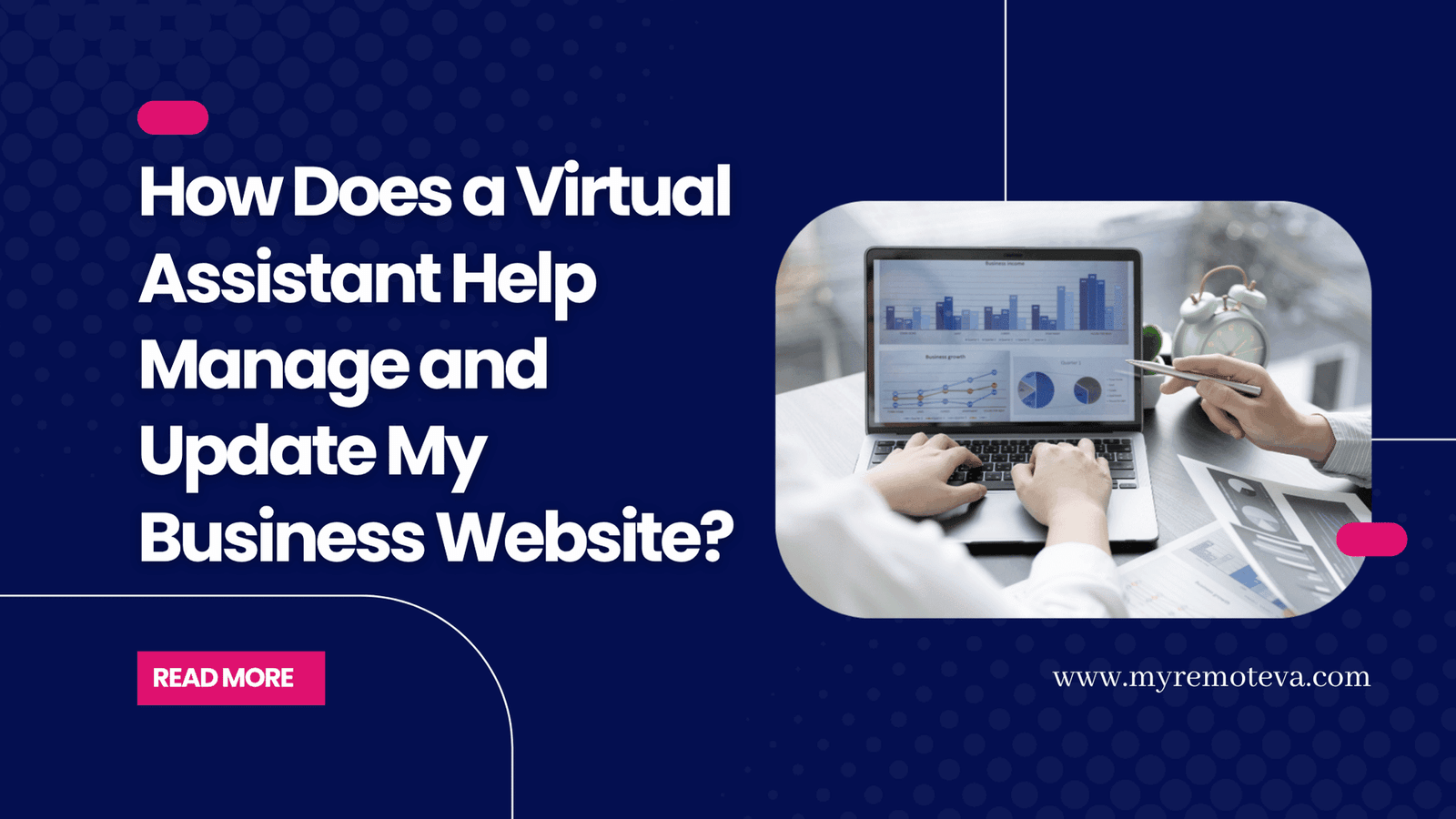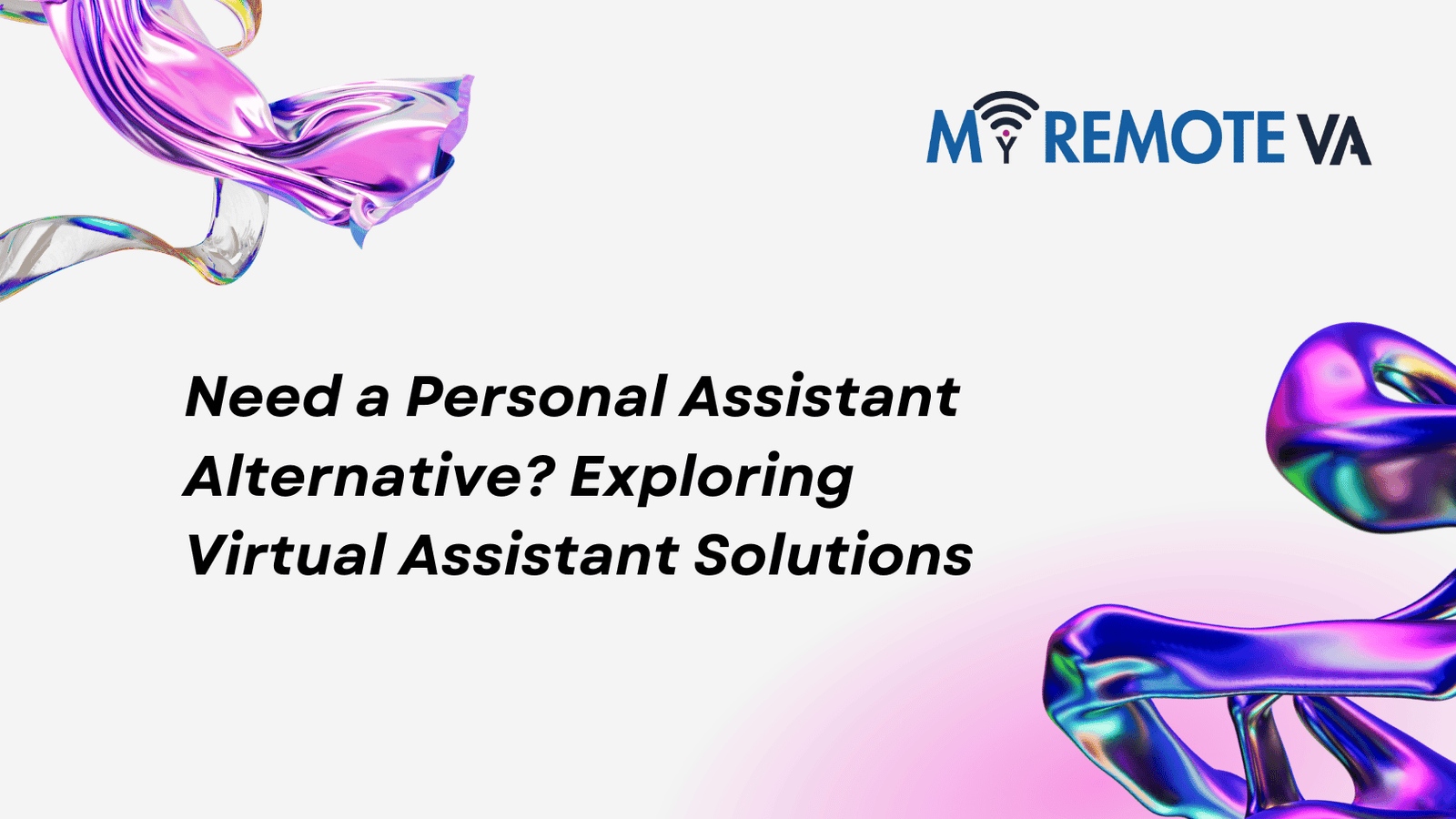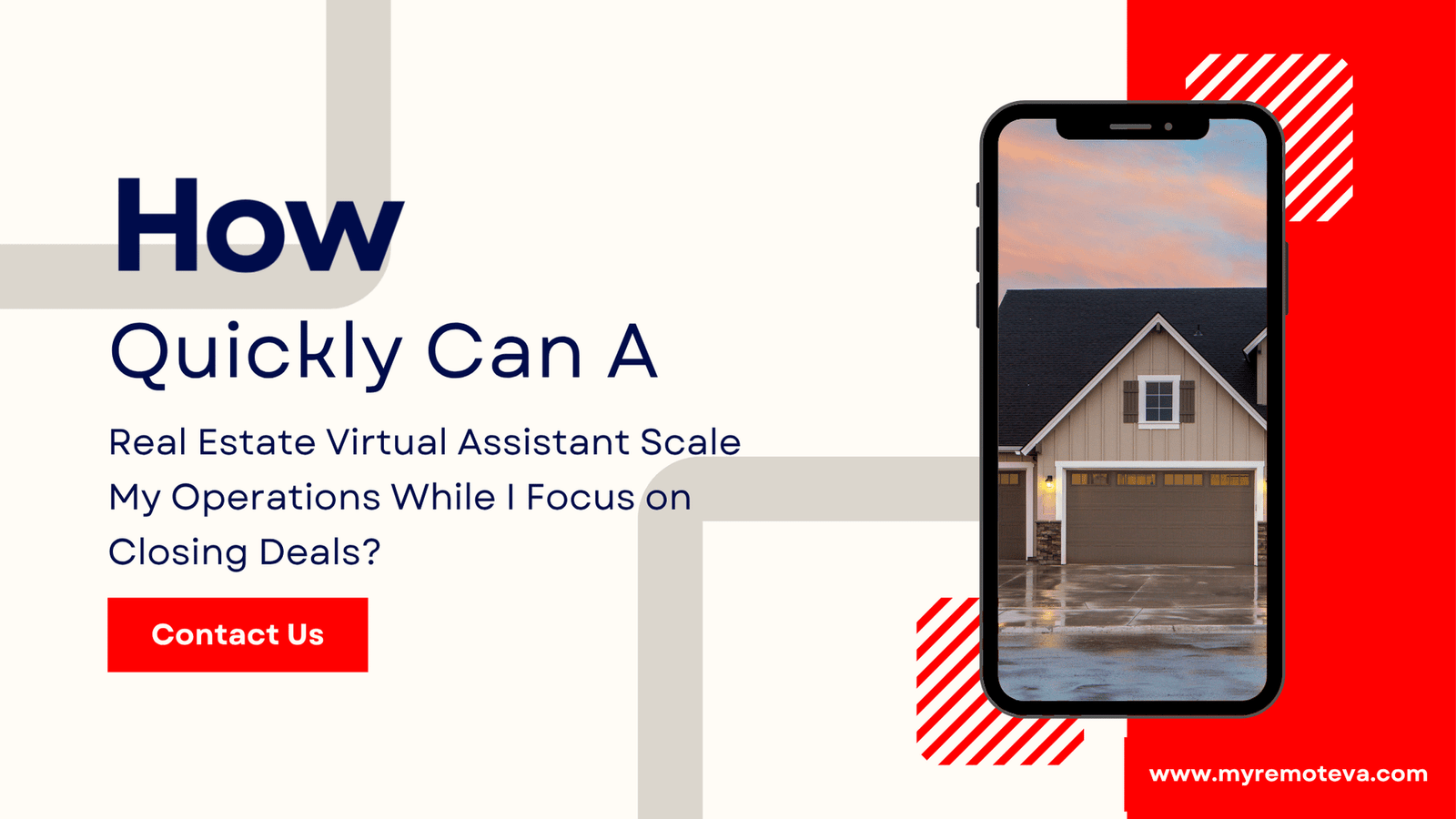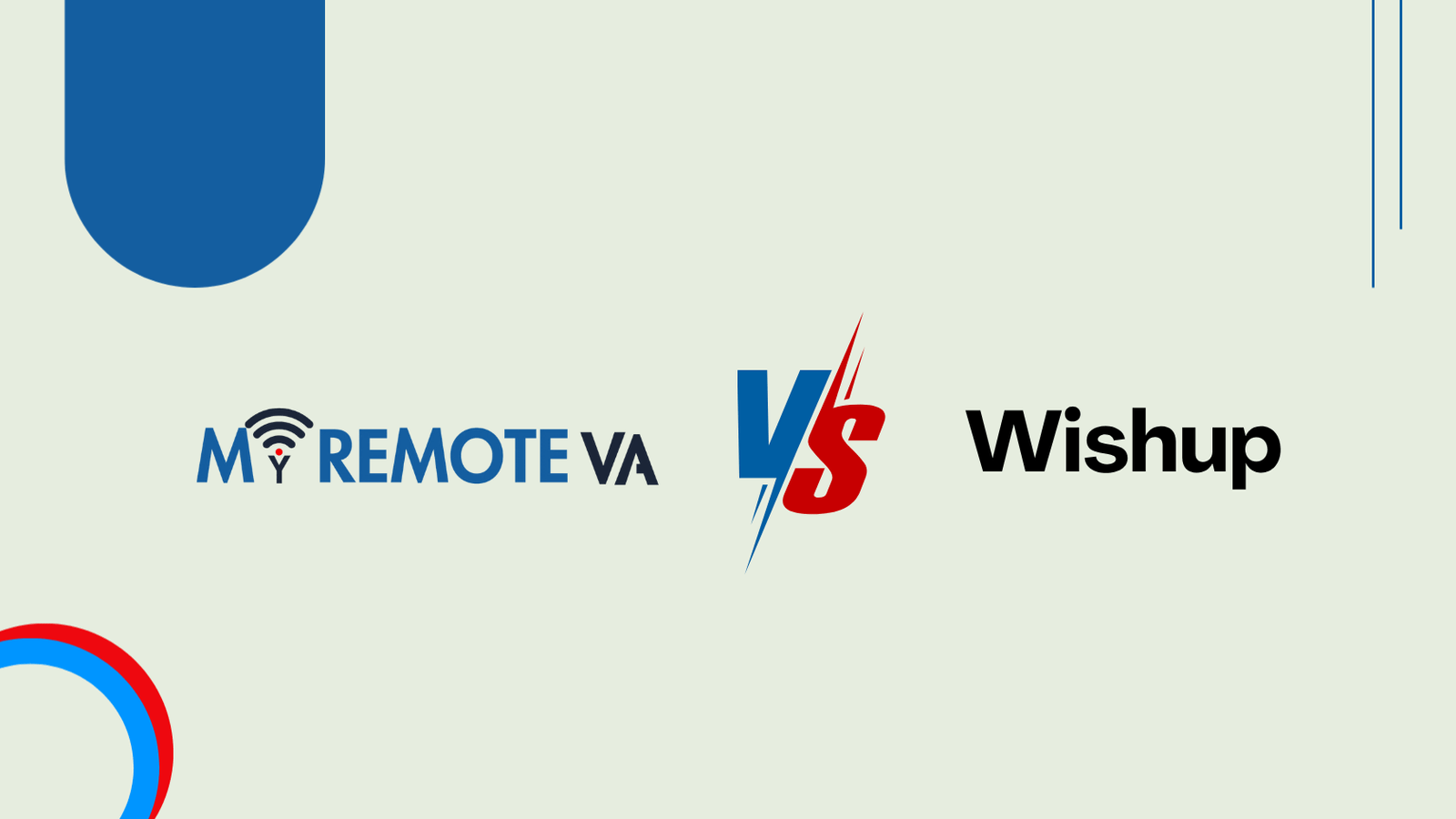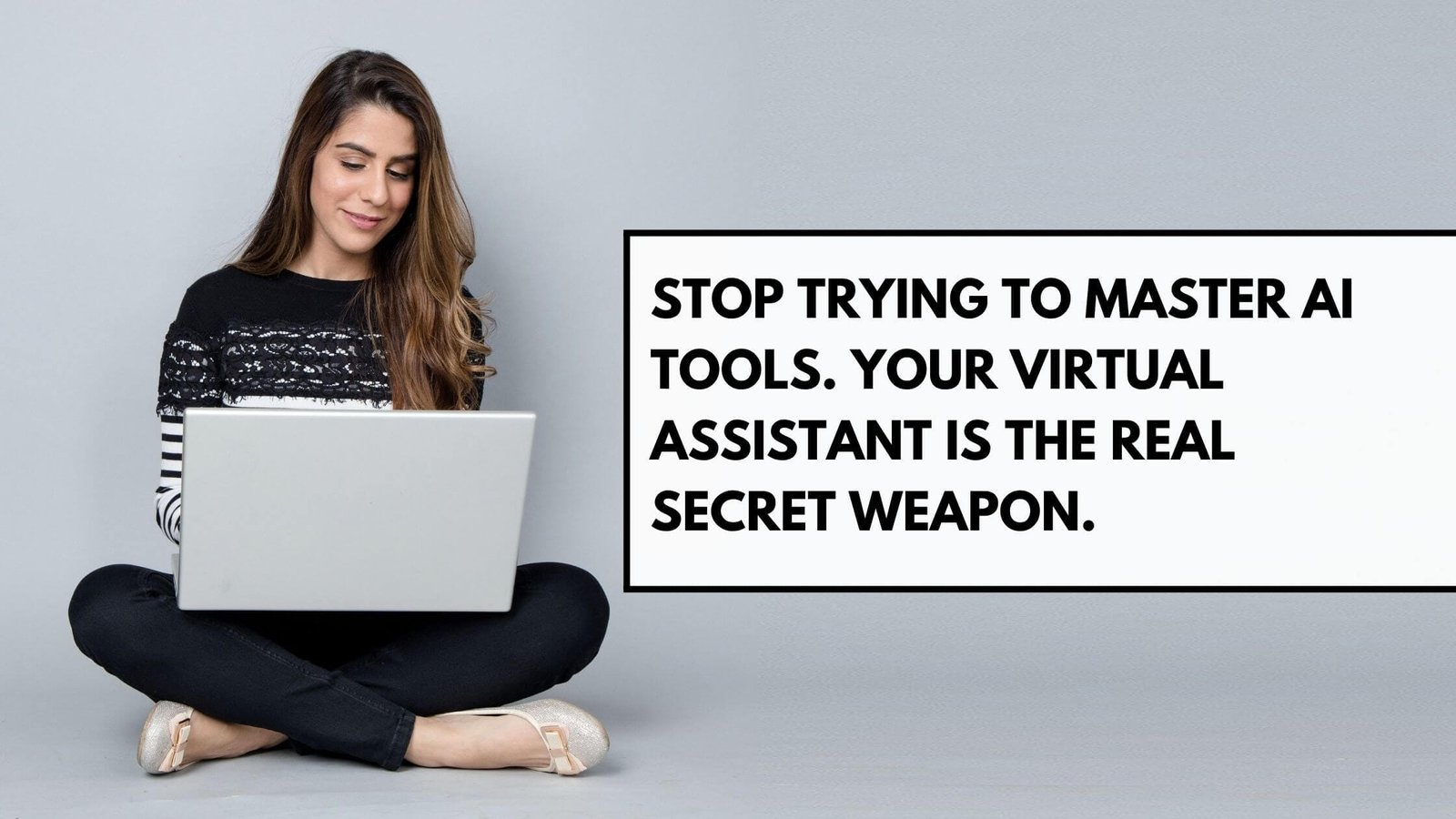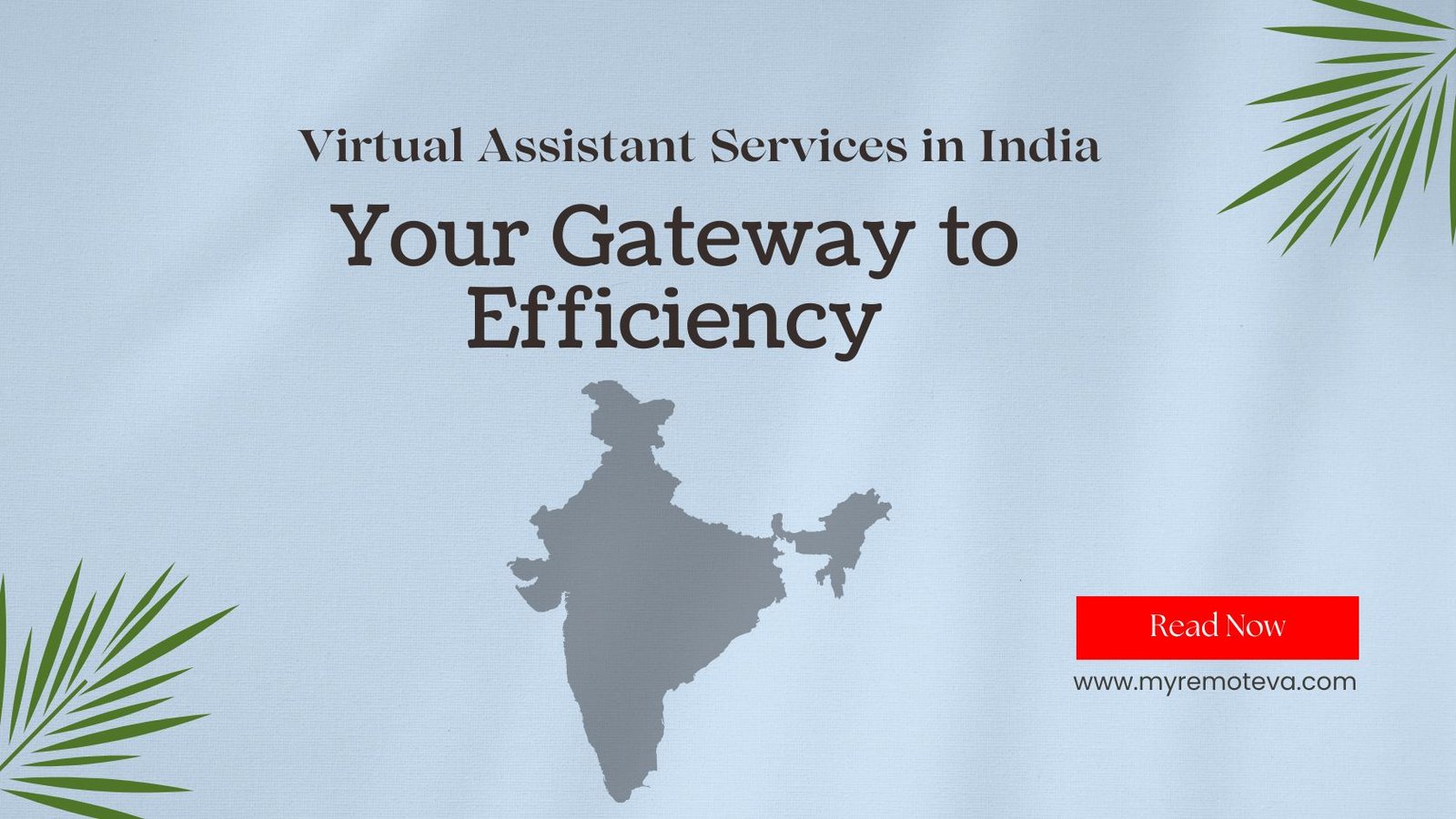Ever feel like you’re standing at the edge of a technological ocean, staring at the waves of AI crashing against the shore and wondering how on earth to get your small business on board? You’re not alone. I’ve been there—completely overwhelmed by the idea of integrating artificial intelligence into my daily workflow. It sounds like something only a massive corporation with a dedicated tech team can do, right? But here’s a little secret: you don’t need to be a tech guru or hire an expensive data scientist to start harnessing the power of AI. What you might need is someone who can act as your personal guide, your project manager, and your hands-on helper all rolled into one. I’m talking about a tech-savvy virtual assistant, and they’re the unsung hero of AI implementation for small businesses.
Think of it this way: AI is the powerful engine, but a virtual assistant is the skilled driver who knows how to navigate the roads. They’re the crucial link between your big-picture goals and the nitty-gritty details of making a new system actually work. This partnership isn’t just about saving money; it’s about making sure your business gets the most out of every AI tool you invest in, without the massive headache and learning curve. It’s about being smart and strategic, turning what feels like a monumental task into a manageable and exciting project.
Bringing AI into Your Business with the Right Partner
Let’s face it, the world of AI tools can feel like a maze with a million different paths. Which one is right for your business? How do you even begin? This is where having a virtual assistant on your team changes the game. They don’t just research and recommend; they help you build a real, actionable plan for AI adoption.
I learned this the hard way a while back. I thought I could just sign up for one of those AI writing tools and suddenly, my content marketing would be on autopilot. Ha! I spent days just trying to figure out which tool to pick, then more time trying to get the output to sound even remotely like my own voice. It was a time sink and a headache. The moment I brought in a VA, everything clicked. She took my goals, researched the best options for my specific needs, and then walked me through the setup, step by step. She wasn’t just doing the work; she was teaching me how to use the tools effectively. That’s the real benefit—the human touch that makes the technology useful.
Your Virtual Assistant as Your AI Implementation Guide
The journey to adopting AI starts with a clear roadmap, and your VA can help you create it. They’ll work with you to pinpoint the areas of your business that are most ripe for a tech upgrade. Maybe you’re drowning in customer support emails, or maybe you need to supercharge your social media game. They’ll help you define what success looks like and then map out the steps to get there. It’s a strategic conversation that goes far beyond just picking a piece of software.

Sorting Through the AI Tools with an Expert Eye
The sheer number of AI platforms out there is enough to make anyone’s head spin. A virtual assistant can cut through all that noise. They’ll do the tedious research for you, digging into features, comparing prices, and reading user reviews. Instead of a dozen browser tabs open on your screen, you’ll get a clear, concise report with a few top recommendations tailored to your business. This focused approach saves you hours of frustrating searching and helps you make a confident decision.

An Ongoing Partnership: AI and Your Virtual Assistant Working Together
The magic doesn’t end once you’ve picked a tool and set it up. The real power of this partnership unfolds over time. Your VA becomes the human element that ensures the technology is constantly working for you, not the other way around. It’s about building a symbiotic relationship where the AI does the heavy lifting, and your VA provides the strategic guidance and oversight.
Automating Workflows, Not Just Tasks
Any AI tool can automate a single task, like writing an email draft. But a skilled VA can connect the dots and automate an entire workflow. For instance, your virtual assistant could set up a system where a customer service email is automatically tagged by an AI, a response draft is created, and then the VA simply reviews and sends it. They become the “conductor” of your new automated orchestra, making sure every instrument—from data entry to social media scheduling—is playing in harmony. This kind of thoughtful, integrated approach is a game-changer for productivity.
Ensuring AI-Generated Content Sounds Like You
Let’s be honest, AI-generated content can sometimes feel a bit… flat. It lacks the unique personality, the specific tone, and the subtle nuances that make your brand feel human. Your virtual assistant is your quality control expert. They can review, edit, and polish anything an AI creates—from blog posts to customer responses—to ensure it sounds like it came from you. This is a critical step to maintain trust and authenticity with your audience. The goal isn’t just to be efficient; it’s to be efficient without sacrificing your brand’s soul. For more on this, you might find this article on a comprehensive cost-benefit analysis of hiring a virtual assistant helpful.

The Project Manager You Didn’t Know You Needed
Every new technology project needs someone to keep it on track. Your virtual assistant can take on the role of project manager, tracking timelines, setting reminders, and coordinating with any other team members involved. If you’re rolling out a new AI tool across different departments, a VA can be the central hub that keeps everything organized and moving forward smoothly. A well-managed project is a successful project, and a VA is the key to making that happen. It’s just one more way they save you from the stress of a big launch. If you want to dive deeper into this topic, take a look at our post on how a VA can help you with project management.
In the end, it’s about freeing up your own precious time and energy. You’re the visionary behind your business, and you’re already juggling a million things. Trying to become an AI expert on top of that is just a recipe for burnout. By hiring a virtual assistant, you’re not just delegating tasks; you’re gaining a strategic partner who can handle the technical lift, allowing you to focus on growing your business and enjoying the fruits of your labor. Doesn’t a world with less stress and more productivity sound amazing?
Frequently Asked Questions About a VA for AI Implementation
What specific AI tasks can a virtual assistant handle?
A virtual assistant can take on a wide variety of AI-related tasks. They can research and compare AI software, handle account setup and integrations, clean and prepare your data for an AI system, manage AI-powered customer service chatbots, and draft or edit content created by AI tools. Essentially, they’ll handle the day-to-day work so you don’t have to.
Do I need to hire a VA with a specialized AI background?
Not necessarily. While some VAs specialize in tech, many are quick learners who can get up to speed on new tools in no time. The most important qualities to look for are strong problem-solving skills, attention to detail, and a proactive mindset. They don’t need to be an AI developer—they just need to be a savvy user who can make the technology work for you.
How can a VA help a small business with a tight budget adopt AI?
For a small business, a VA is a fantastic and cost-effective way to get into AI. You can hire a VA on a part-time basis or for a specific project, which is much cheaper than bringing on an expensive, full-time AI specialist. They can also help you find affordable or free AI tools and manage the implementation in a way that minimizes risk and maximizes your return on investment.
How does a virtual assistant make sure AI-generated content is high-quality?
A virtual assistant acts as a vital layer of quality control. They’ll review all AI-generated content to ensure it’s accurate, on-brand, and free of errors. They can also work with the AI by providing better prompts and inputs, which helps the model learn and improve over time. This human oversight is what makes the difference between content that’s just “okay” and content that’s truly great and representative of your brand.





